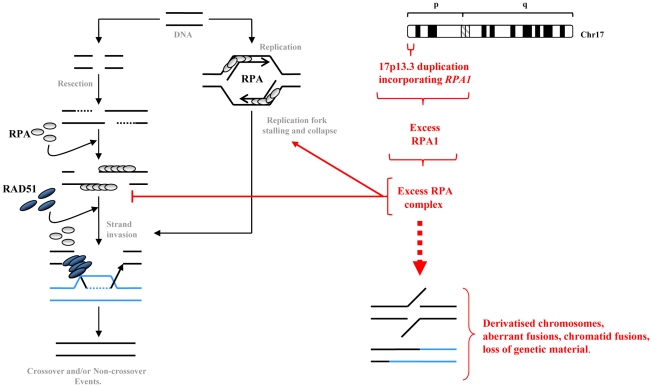Figure 8. A summary model of how elevated RPA1 may adversely impact on homologous recombination.
Homologous recombination (HR) is engaged when an overt DSB occurs at certain phases of the cell cycle or following replication fork stalling, say upon encountering a single strand break, or after overt replication fork collapse. RPA heterotrimeric complexes are displaced by RAD51 to facilitate strand invasion and homology searching. Our data indicates that modestly increased RPA1 levels as occurs in LBLs from individuals exhibiting duplication of RPA1, is also associated with elevated RPA2 suggestive of increased levels of RPA complex. This excess RPA complex, perhaps by sequestering binding partners, can result in delayed S phase progression and impact upon HR sub-pathway choice, potentially favouring more aberrant forms of recombination such as SSA and/or GC with crossing-over thereby promoting spurious fusions likely associated with loss of genetic material. This subtly elevated RPA1 level and consequently elevated RPA complex can result in elevated levels of chromosomal instability, derivatised chromosomes and enhanced sensitivity to DNA damaging agents.

